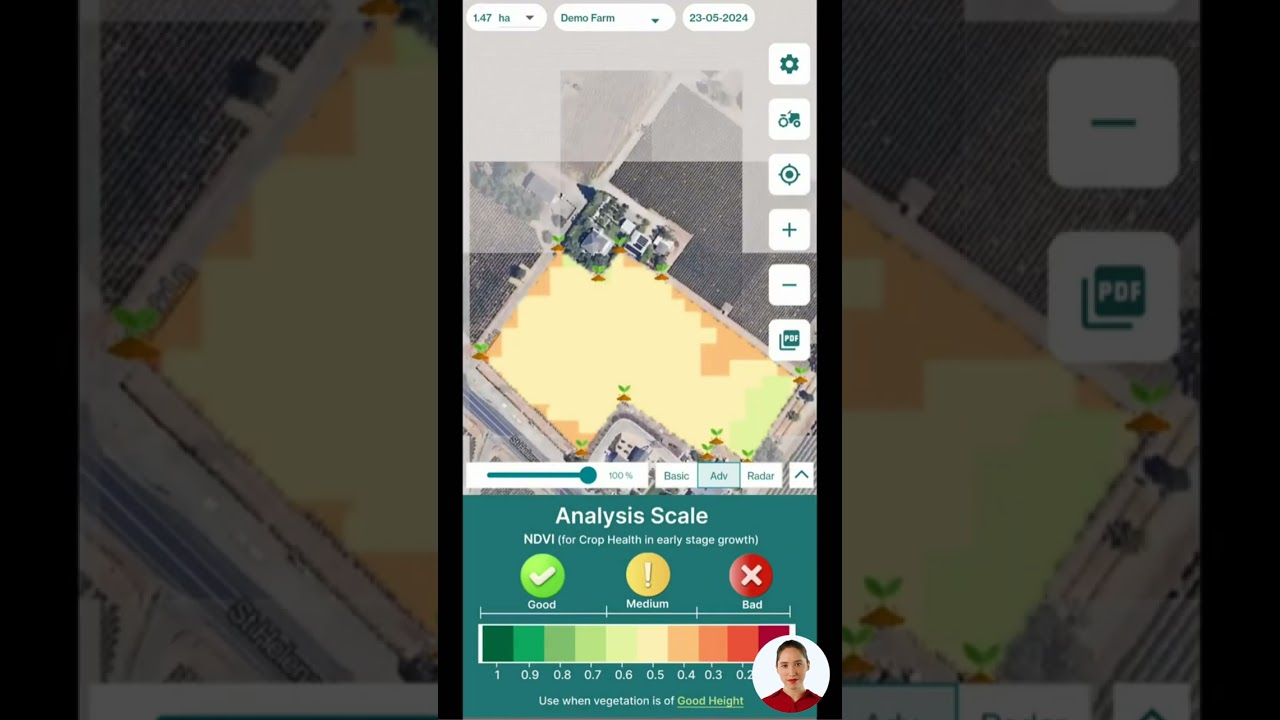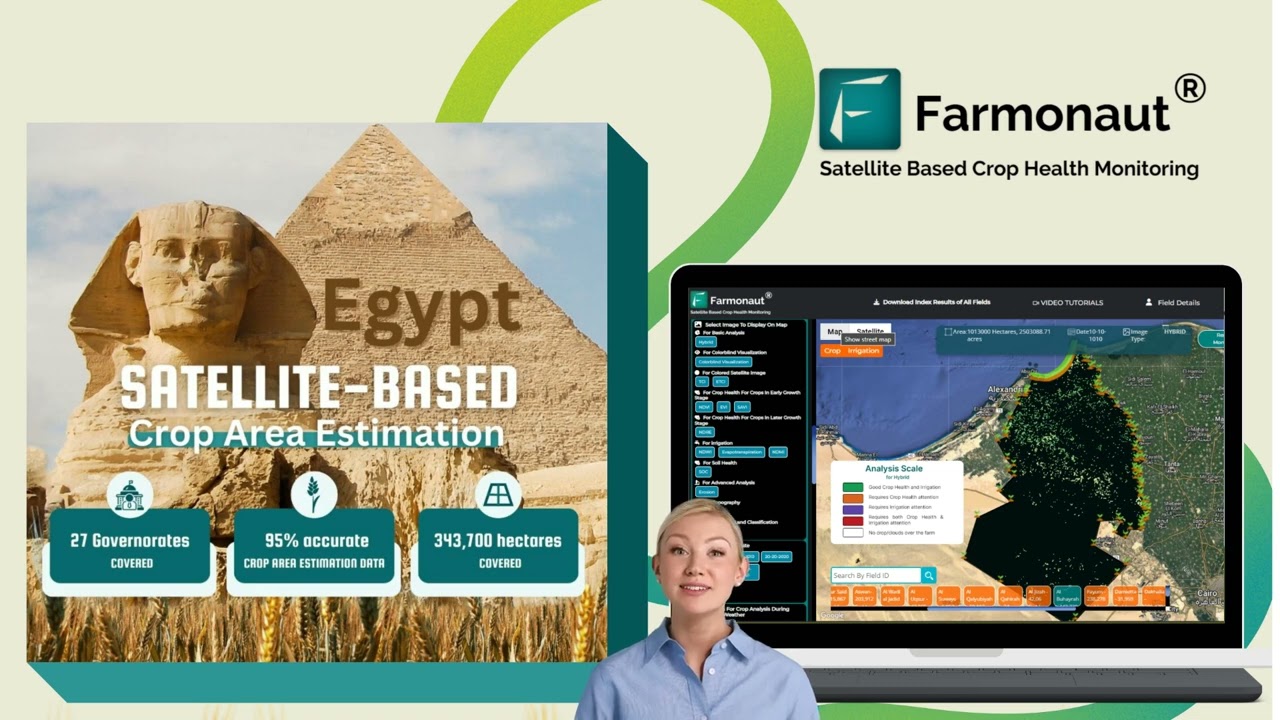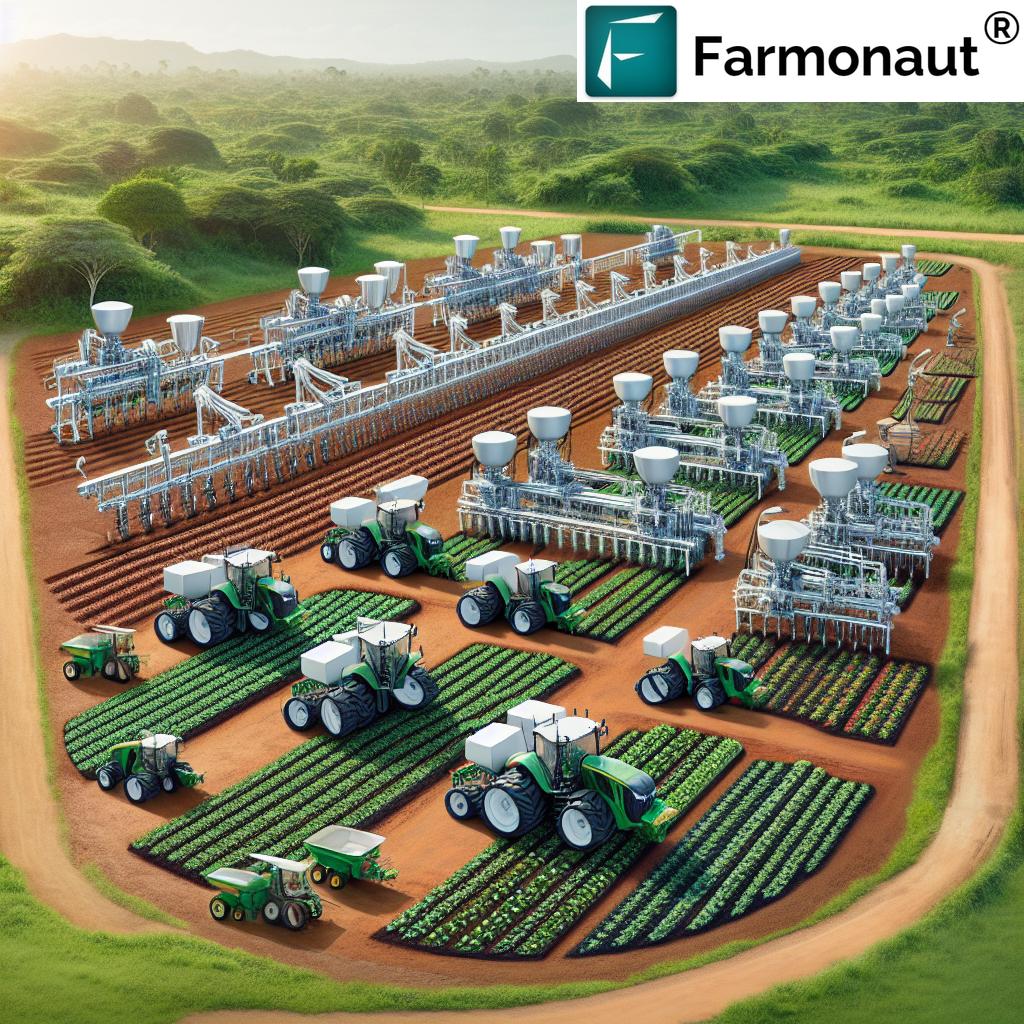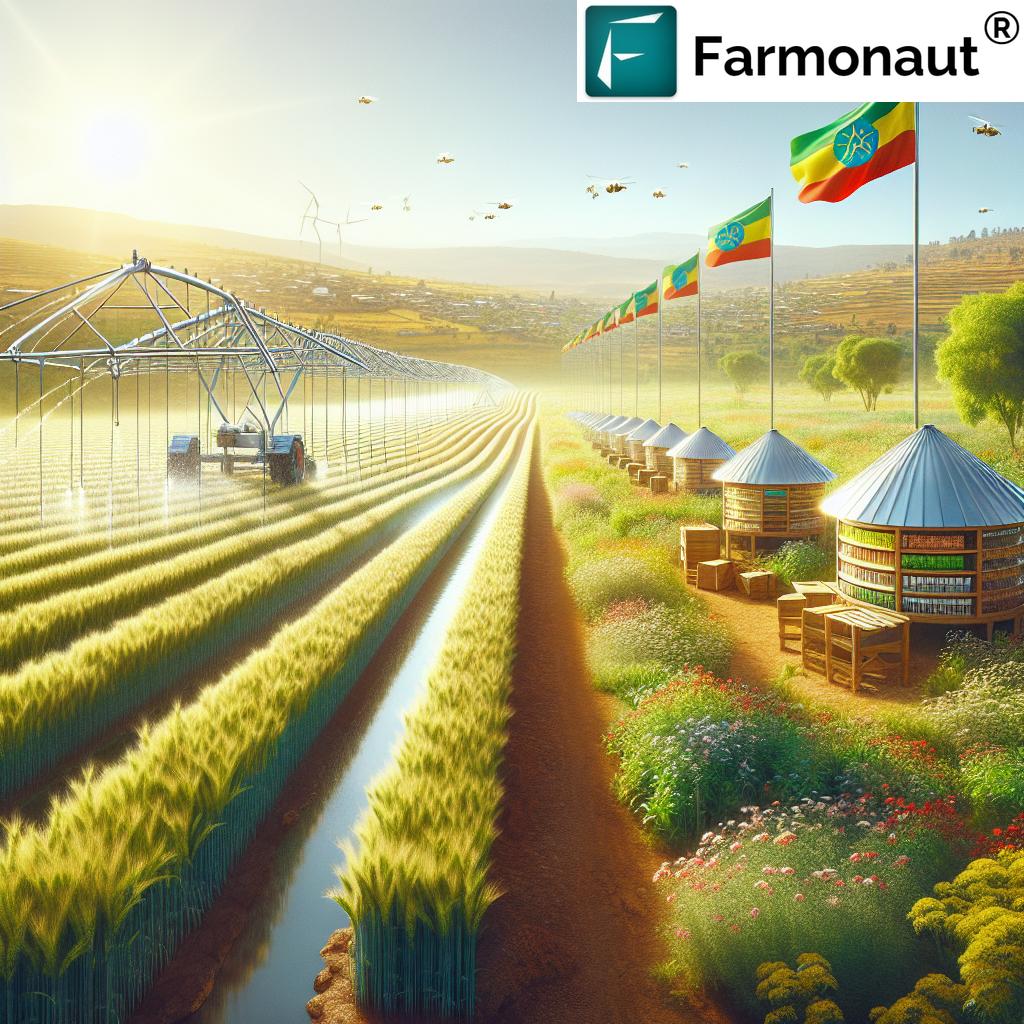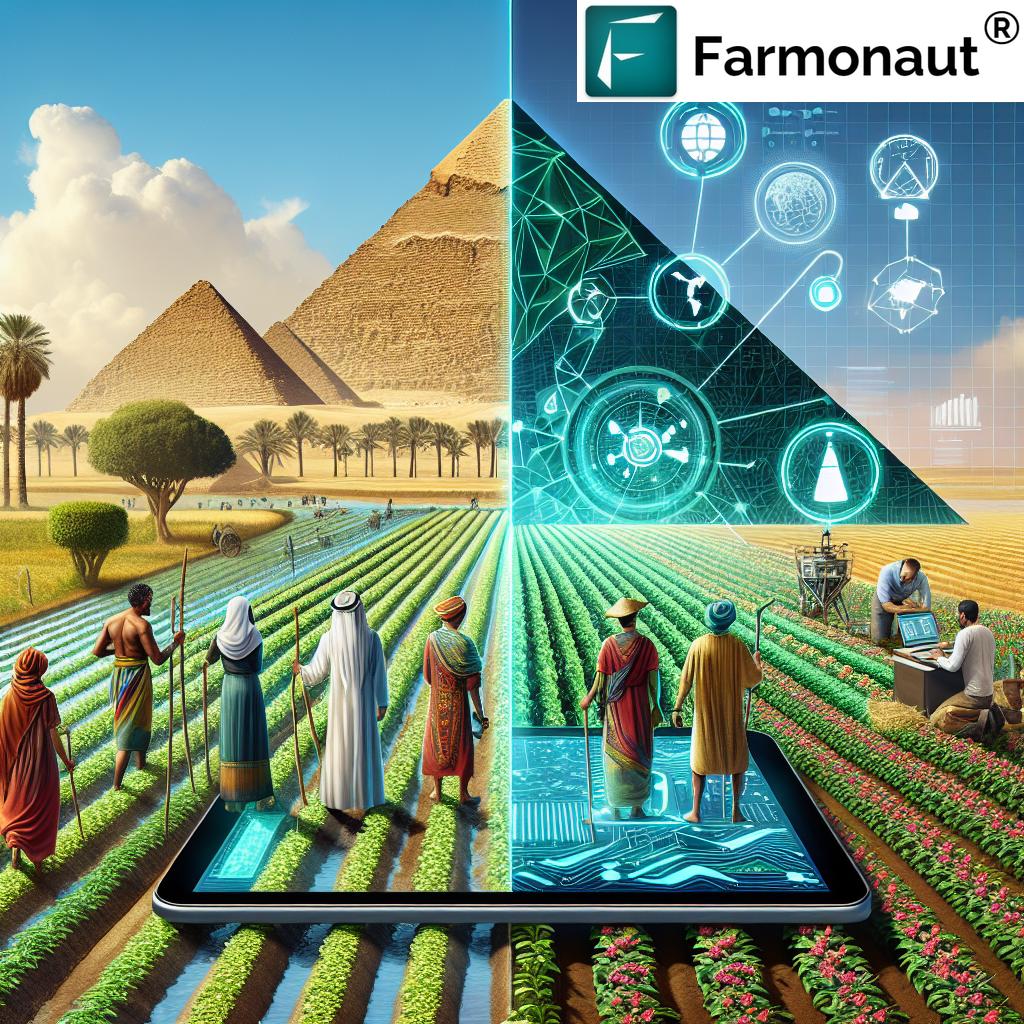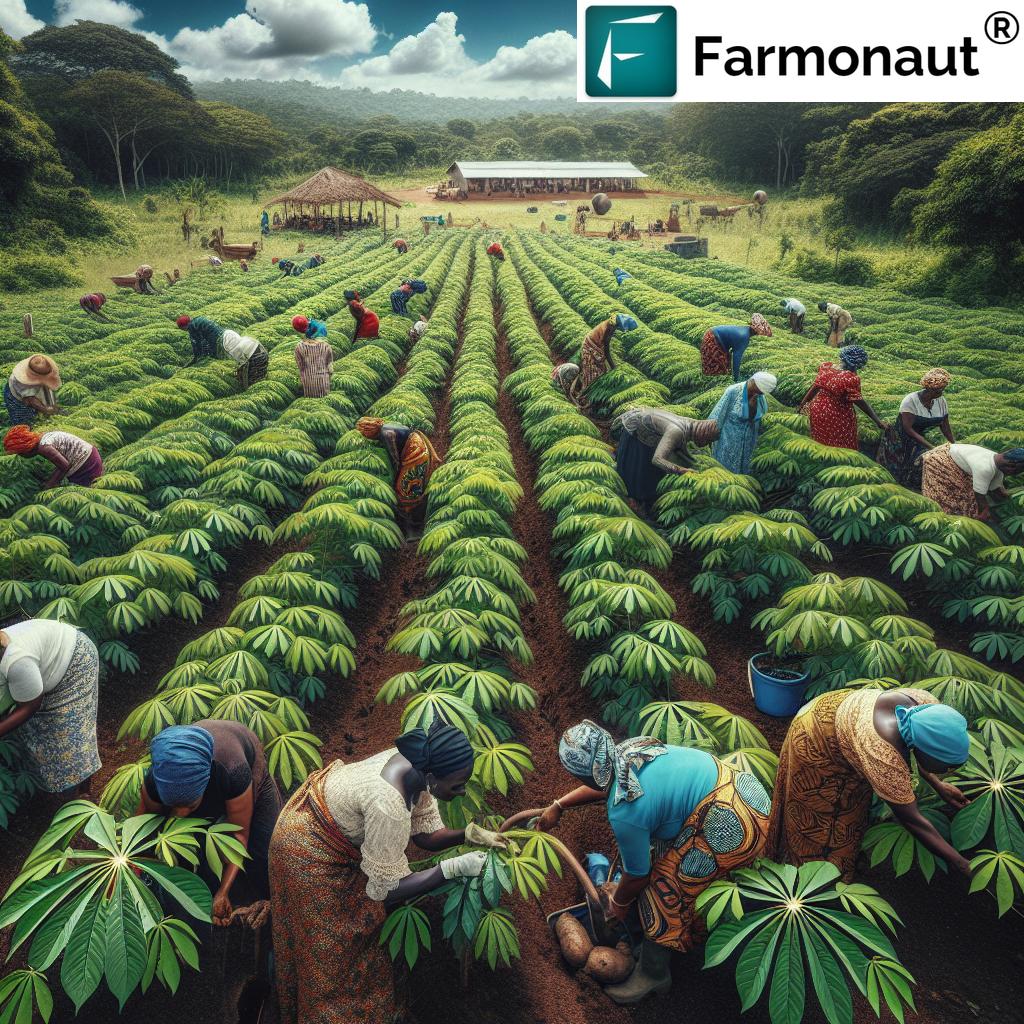South Africa Land Expropriation: 7 Powerful Facts on Racial Inequality
Summary & Context: South Africa’s Struggle with Land Rights and Racial Inequality
The subject of South Africa land expropriation is both deeply contentious and globally significant. As we examine the facts, we find that the legacy of racial inequality in South Africa is tightly bound to land ownership, farming families, and the country’s evolving refugee and international policies. In 2024, the intersection of race, wealth, government action, and social justice has rarely been more visible—or more misunderstood.
Recently, the U.S. administration made headlines by welcoming 59 South African refugees, specifically White Afrikaners, citing threats including land expropriation and violence against farmers. Simultaneously, ongoing changes to land law within South Africa reignite debates over restitution, equity, and the state’s obligations under international law and G20 oversight. All of these issues shape real estate, access to quality seeds for farming, and the broader livelihood of South Africa’s majority Black and marginalized populations.
We must unpack these facts carefully, separating rhetoric from reality and understanding the genuine challenges faced by minority and majority groups alike. As we do, we also spotlight the role that new agricultural technologies—like those from Farmonaut—play in empowering South African farmers and bridging some of the most daunting gaps in productivity, sustainability, and opportunity.
“In South Africa, white farmers own 72% of farmland, while Black citizens, who make up 80% of the population, own just 4%.”
The 7 Powerful Facts about South Africa Land Expropriation and Racial Inequality
Let us journey through the most critical, sometimes disturbing, realities behind the controversy over land expropriation in South Africa. We anchor each fact in hard data, global context, and the lived experiences of farming communities from all racial and socioeconomic backgrounds.
1. Historical Legacy of Land Ownership in South Africa
When discussing racial inequality in South Africa, we must understand how generations of discriminatory laws seeded today’s landscape. Under colonialism and apartheid, Black South Africans were systematically stripped of land ownership, forcibly relocated, and denied access to the nation’s most fertile farmland. This is not anecdotal or historical hyperbole—it is the lived experience and documented law of the previous century.
- White minority in Africa controlled most commercial farmland by the late 20th century.
- Early 1900s: The Natives Land Act of 1913 reserved over 90% of land for Whites, leaving just 7% for the Black majority.
- Decades of forced removals and urban migration further entrenched the wealth disparity in South Africa.
Today, while some reforms have occurred, legacy persists:
Whites own 72% of private farmland even though they represent less than 10% of the country’s population. By contrast, Black South Africans—over 80% of the population—own just a fraction (about 4%) of this real estate.
2. South Africa Land Expropriation Laws & Debates: 2024 and Beyond
South African government policy now faces a crucial test: can it balance redress for historical injustice while ensuring agricultural productivity and investor confidence? In 2024, the state continues to pursue constitutional amendments and land laws enabling land expropriation “in the public interest”. This is an effort to remedy apartheid’s consequences but is highly controversial.
- In recent years, proposed land expropriation has focused on providing restitution to previously dispossessed Black communities—sometimes without compensation to current landholders.
- The objective is to transfer millions of hectares of real estate from the white minority to the Black majority, often targeting rural and agricultural land.
- Pushback comes especially from White farmers who believe expropriation threatens both their generational rights and overall national food security.
Although the law has not yet resulted in mass seizures, the debates remain heated—both domestically and in international forums. Justice, reparations, and food security are all on the line in these policy battles.
3. Racial Inequality in South Africa: Wealth, Work & Opportunity
Since the first democratic elections in 1994, formally ending apartheid, progress toward equity has been slow. The economic gap between racial groups is among the world’s starkest.
- White South Africans have a median wealth 20 times that of Black South Africans.
- Unemployment among Black South Africans is over 35%; it is less than 10% for Whites.
- Access to land, business capital, and government support—legacy barriers—still divide the population.
According to the Review of Political Economy, the wealth disparity in South Africa has barely budged: while legal apartheid has ended, economic apartheid lingers, underwritten by uneven land, real estate, and farming assets. For the white minority, historic privilege persists; for the majority, the promised fruits of “freedom” remain elusive.
The government has implemented affirmative action, employment equity laws, and Black Economic Empowerment (BEE) policies. But critics argue that without substantial land reform, these approaches cannot redress the real estate and farming inequalities at the heart of South Africa’s economy.
Understanding disparities in fertilizer use in African agriculture, access to quality seeds, and food security requires in-depth, up-to-date farm monitoring. This is where new tools, including AI and satellite platforms, are being recognized for their power to accelerate transformation and knowledge transfer—even in volatile policy environments.
4. Violence Against Farmers and Its Socio-economic Ripples
A particular flashpoint in the land debate is rural violence. Claims of violence against farmers—especially White commercial farmers—have been cited in both South African and international discourses, often in sensationalized or misleading terms. What does the data say?
- Of the 26,000 murders recorded in South Africa in the past year, 44 were linked to farming communities (South African Police statistics).
- The overwhelming majority of violent crime victims remain Black South Africans, especially in rural, under-resourced areas.
- Crime researchers warn against the narrative of “White genocide,” noting actual rates do not support claims of systematic extermination against the White minority in Africa.
Nevertheless, farm attacks and the threat of evictions, expropriation, or state violence create a climate of fear for many farming families. For some, this has fueled decisions to emigrate or apply for refugee status in countries like the United States, where international law scrutinizes any hint of group persecution.
“Over 200,000 refugees in South Africa face limited land rights, intensifying challenges for marginalized farming communities.”
5. South African Refugees, Asylum Policies, and International Responses
South Africa has long been a destination and passageway for refugees and asylum seekers escaping violence or poverty elsewhere in the world—especially in Africa. However, the dynamics changed when the U.S. Trump administration offered resettlement to 59 White South Africans, citing not famine or war but discrimination and violence linked to poverty and race.
- This U.S. action drew international attention to debates over who qualifies as a refugee under international law.
- Many criticized the U.S. for prioritizing South African refugees who are White, while refusing entry to people of colour elsewhere in Africa experiencing arguably worse conditions.
- South African officials condemned allegations of a “White genocide” as unsubstantiated and misinformed.
More broadly, South Africa itself hosts an estimated 200,000+ refugees from neighboring states. Yet these communities frequently experience barriers to land rights, farming, and economic participation, further concentrating poverty in vulnerable, often invisible, minority populations.
6. Agricultural Challenges: Fertilizer Use, Quality Seeds, and Technology for Farming Families in South Africa
The challenges of land reform and racial inequality in South Africa are only compounded by practical barriers experienced daily by farming families in South Africa, regardless of race or background. South Africa, like much of sub-Saharan Africa, faces:
- Limited access to quality seeds for farming, especially for smallholders and newly resettled farmers.
- High costs and uneven fertilizer use in African agriculture, affecting soil health and crop yields.
- Inefficient resource allocation and gaps in technology for monitoring crop health, irrigation, and pest control.
Data-driven interventions—using satellite crop health monitoring, blockchain-based traceability, and carbon footprinting—are crucial for optimizing agricultural productivity and ensuring sustainable transitions amid land transfers. For instance, platforms like Farmonaut deliver actionable insights on soil moisture, fertilizers, and vegetation health directly to farmers’ phones or browsers.
For many, these technologies serve as essential lifelines—bridging the knowledge and efficiency gaps that historically disenfranchised communities have endured. Resource management tools can help smallholders and large commercial farmers alike weather the turbulence of land reform, climate volatility, and commodity market shifts.
7. International Law and Land Rights: G20, U.S. Relations, and Beyond
South Africa’s internal land policy is no longer just a domestic debate; it is scrutinized on the world stage. As a G20 member, the country is held to standards set by international law, human rights frameworks, and global economic partners.
- Recent years have seen strained U.S.-South Africa diplomatic relations, with American leaders expressing open criticism of the country’s land policy.
- International organizations monitor property rights, refugee support, and equitable access to land for all residents—including marginalized and minority populations.
- The country’s performance on land rights and agricultural transformation plays a role in foreign investment, trade agreements, and multilateral forum invitations, such as G20 summits and meetings.
The pressure is on the South African government to comply with international law and land rights obligations, while managing the expectations and grievances of its diverse citizens.
Among other innovations, the use of real-time data and technology solutions may prove central to building policy transparency and farmer trust—whether for supporting Black-owned, smallholder, or commercial farming during land transitions.
Comparative Data Table: Land, Wealth and Farming Inequalities in South Africa
| Metric | White Population | Black Population | Other Racial Groups | Estimated National Average |
|---|---|---|---|---|
| Land Ownership (% of rural private land) | 72% | 4% | 24% | 100% |
| Average Wealth (USD, 2023 est.) | $205,000 | $10,700 | $41,300 | $18,800 |
| Poverty Rate (%) | 6% | 45% | 26% | 32% |
| Unemployment Rate (%) | 8% | 36% | 21% | 27% |
| Farm Eviction Incidents (2020-22) | Low | High | Moderate | Variable |
| Access to Refugee Support Programs | Limited (recent U.S. admissions) | Minimal | Minimal | Low overall |
| Farming Families (as % of rural pop.) | 9% | 62% | 29% | 100% |
| Average Annual Fertilizer Use (kg/ha) | 112 | 42 | 76 | 60 |
Advanced Solutions for African Agriculture: Farmonaut’s Role Amid Inequality
While profound challenges persist, innovative agricultural technology is providing us with a path forward—particularly amid South Africa’s land transformation. Farmonaut stands at the vanguard, offering all farmers, regardless of background or land tenure, access to tools that increase productivity, accountability, and sustainability.
- Satellite-Based Crop Health Monitoring: Farmonaut delivers real-time NDVI imagery, soil moisture data, and vegetation health analytics, allowing timely intervention for both smallholders and large farming families in South Africa.
- Carbon Footprinting: Measuring and managing carbon emissions helps not only reduce environmental impact but also align with sustainable farming initiatives championed by governments and international organizations – especially relevant for large scale state and export-oriented farms.
- Blockchain-Based Product Traceability: Essential for agribusinesses and state supply chains. Traceability increases transparency and trust, allowing the verification of crop origin and farm management practices, reducing fraud and enabling better access to international markets and compliance with law.
- Fleet & Resource Management: Optimizes the movement of agricultural machinery, supports cost reduction, safety, and efficiency gains for both smallholder cooperatives and commercial enterprises.
- Jeevn AI Advisory System: Empowers every farmer with personalized advice on weather, crop management, pest and fertilizer usage, and irrigation through smart technology.
- Crop Loan & Insurance: Satellite-based verification helps banking and insurance institutions reduce fraud and increase access to loans and coverage—crucial for smallholder Black farmers transitioning into commercial production.
Explore Farmonaut’s large-scale farm management app to manage hundreds of fields, track fertilizer and quality seed application, and oversee farm teams.
To try it now:
Developers: integrate powerful satellite and weather data into your agricultural or real estate solution with the Farmonaut API. Full API documentation here.
FAQ – Land, Expropriation and Farming in South Africa
Q1: What does “South Africa land expropriation” mean?
Land expropriation refers to the government’s process of taking privately-held land for public interest aims, such as redressing historical, racial inequalities. In South Africa, this means redistributing farmland from the white minority (who, due to colonial and apartheid history, hold the majority of valuable land) to Black South Africans, aiming to remedy generations of dispossession.
Q2: Why is there so much international attention on South Africa’s land laws?
South Africa is a member of major international bodies like the G20 and is thus subject to scrutiny regarding property rights and social justice. Major powers such as the U.S. watch the situation for both diplomatic reasons and concerns about global food security, investment climate, and human rights.
Q3: Why did the U.S. resettle 59 White Afrikaner refugees from South Africa?
The Trump administration cited discrimination, violence, and fears over land expropriation as grounds for resettlement. Critics argue the move was politically motivated and poorly substantiated by the actual levels of violence or legal threat faced by White South Africans compared to refugees fleeing active conflict in other regions.
Q4: How does farming technology help with racial inequality in agriculture?
Modern tools like satellite monitoring, blockchain-based traceability, and AI advisories help level the playing field by providing affordable, data-driven techniques and actionable guidance. This dissolves some historical input barriers, enabling previously disadvantaged (often Black) farmers to optimize crop yields, reduce waste, and access new markets.
Q5: What are the main barriers to equitable land redistribution?
The primary challenges include resistance from established landowners, bureaucratic and legal obstacles, limited post-transfer support for new farmers (in terms of technology, quality seeds, and fertilizer), and political uncertainty that can scare off investment. Ensuring food security and economic stability while pursuing justice is a delicate balancing act.
Q6: How can new technologies actually reduce the problem of farm evictions and instability?
Solutions like Farmonaut’s crop health monitoring and fleet management enable oversight, efficiency, and transparency in state-funded or redistributed farmland. These tools support robust decision-making and early detection of farm distress—ultimately making transitions smoother and more sustainable.
Farmonaut Subscription Plans
Conclusion: Bridging Inequality, Building Tomorrow
The debate around South Africa land expropriation is emblematic of deeper racial, economic, and historical divides. While policy, law, and real estate will continue to be contentious, there is hope that careful reform, robust international oversight, and inclusive applications of technology will help close South Africa’s most persistent gaps in wealth, land, and opportunity.
As stakeholders, we must step beyond simplistic binaries—seeing not only the struggles of the white minority in Africa but, crucially, the generational dispossession and resilience of the Black majority. Only through transparent discourse, data-driven agricultural development, and equitable access to resources and land can lasting justice and prosperity emerge.
In this context, agricultural solutions like those from Farmonaut do not merely offer technological innovation; they provide a model for democratizing access to actionable data, strengthening the hand of every iAfrican farmer, and fostering transparency in the face of history and change.
Together, let us rededicate ourselves to policies and partnerships that move South Africa—and our world—closer to equality, dignity, and sustainable, thriving farming communities for all.





